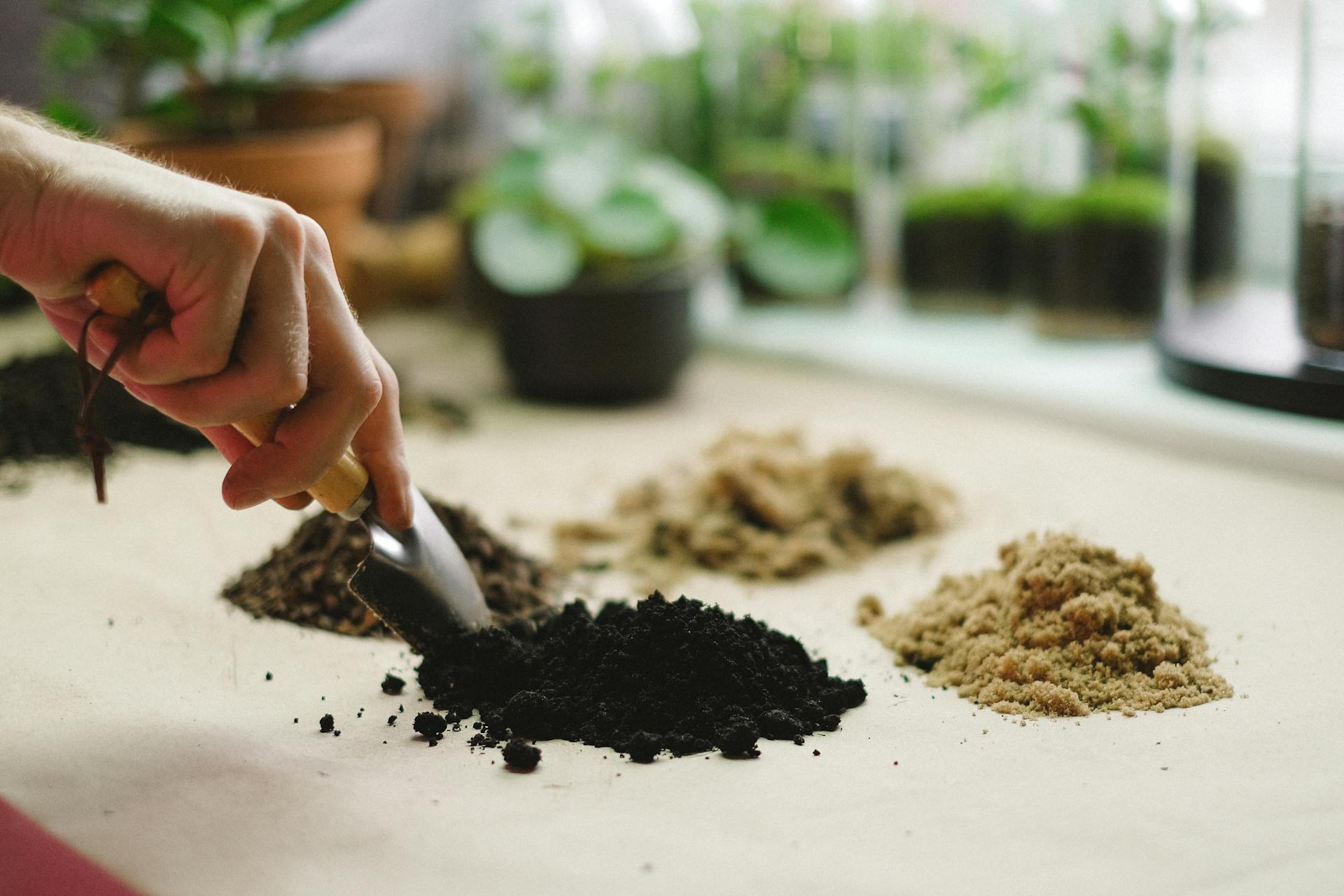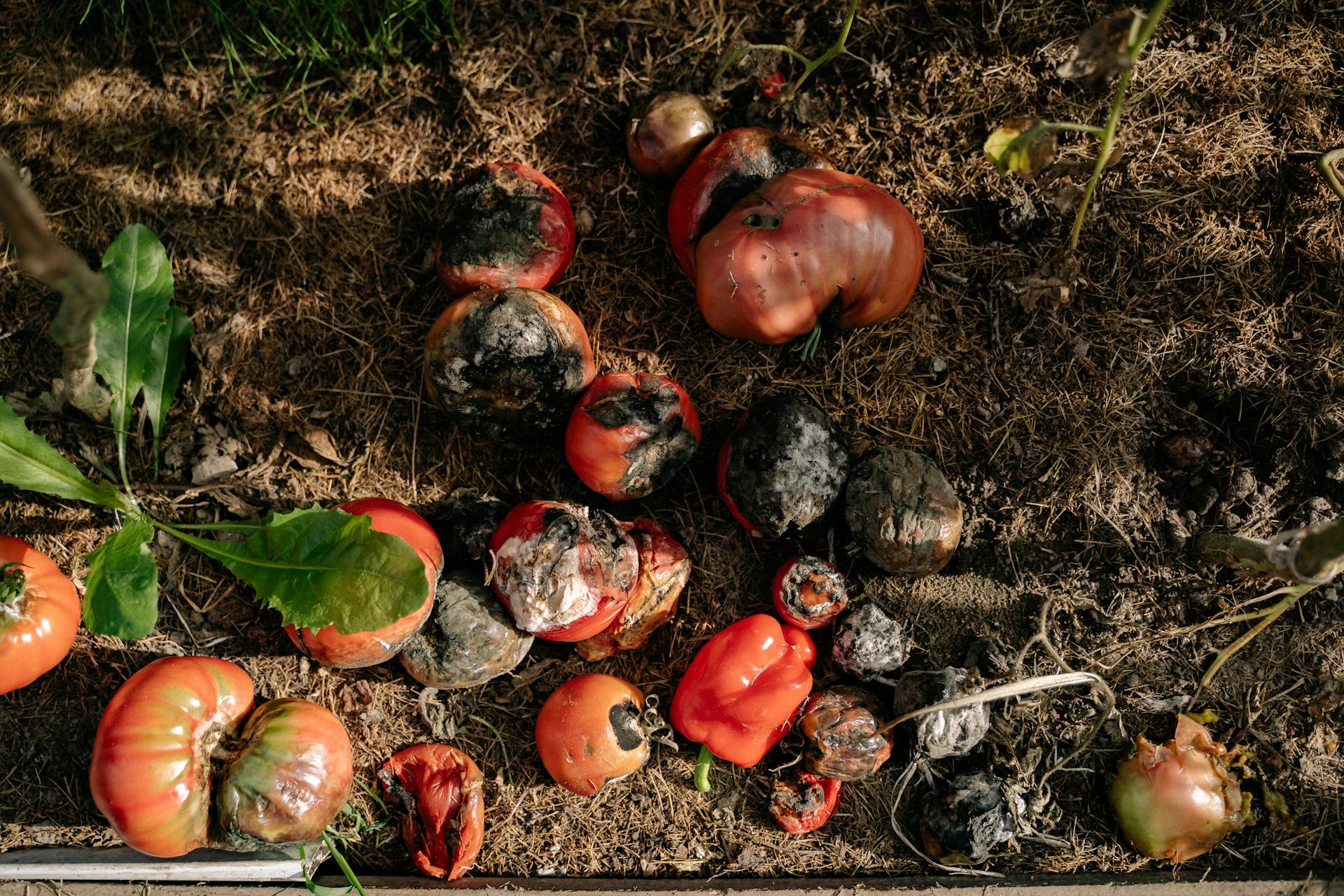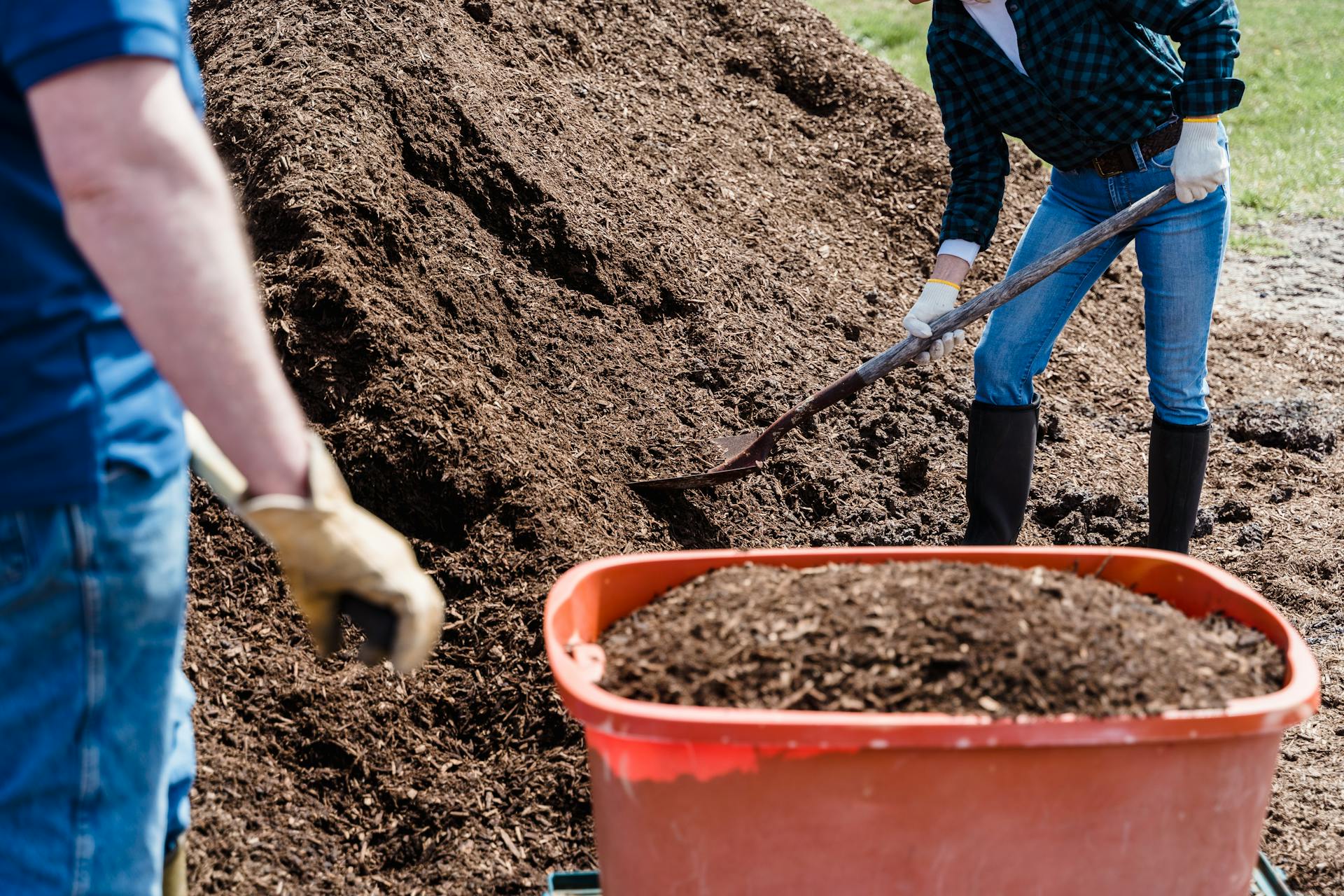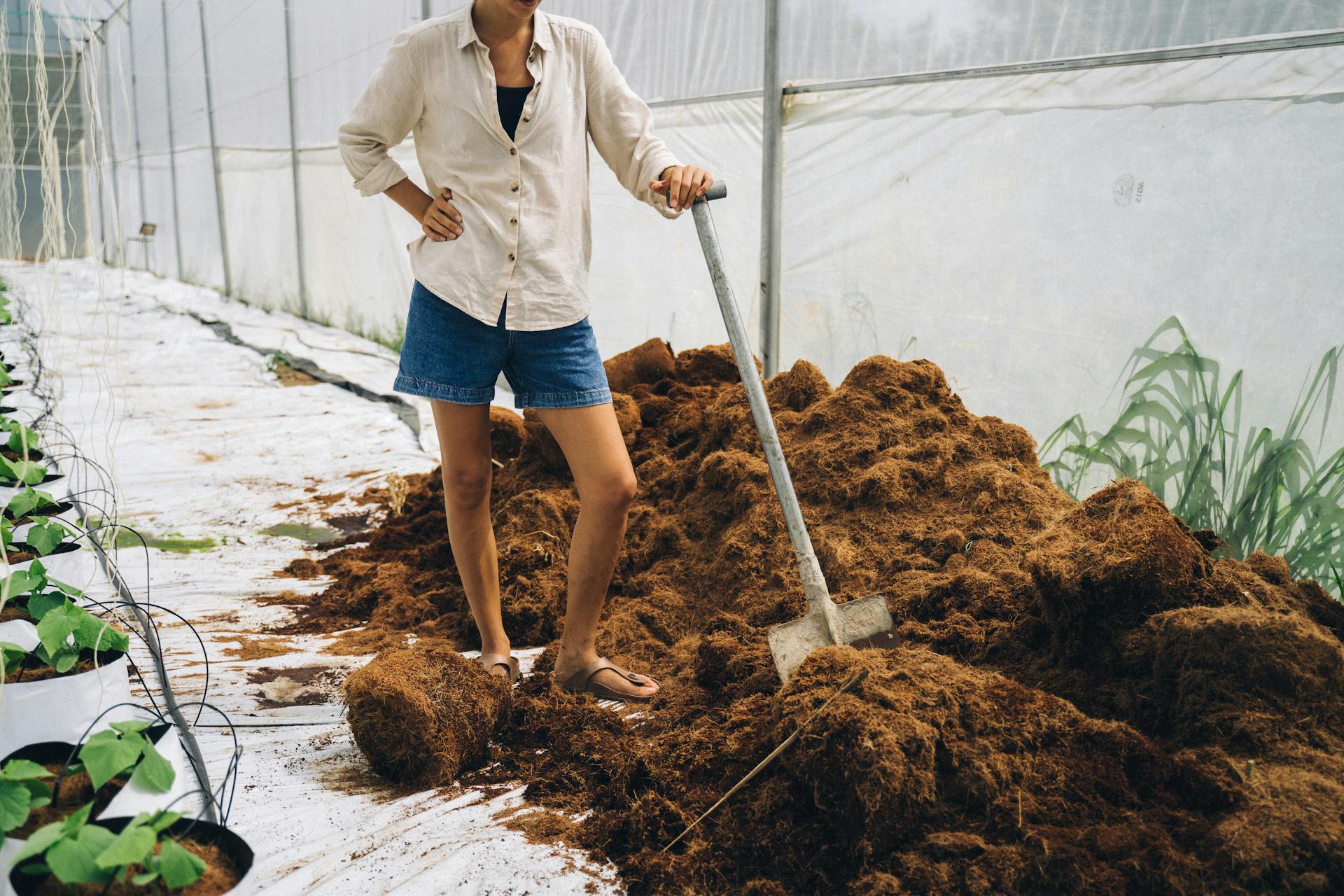Composting is a fantastic way to recycle organic waste, enrich your garden soil, and reduce landfill waste. Whether you’re an avid gardener or just looking for a sustainable way to handle kitchen scraps, making your own compost at home is simple, rewarding, and environmentally friendly. In this guide, we’ll walk you through the entire composting process, from understanding its benefits to creating and maintaining your compost pile for the best results.
Before diving into the how-to, it’s important to understand why composting is such a beneficial practice:

There are several ways to compost at home, and the best method depends on your space and preferences:
This is the most common method, suitable for those with backyard space. Simply set up a designated area or a compost bin where you layer organic materials.
These bins make turning the compost easier, helping to aerate it for faster decomposition. They are great for those who want a more contained, low-maintenance solution.
This is an excellent method for small spaces or apartment dwellers. It involves fermenting food waste using a special Bokashi mix, which accelerates decomposition.
Using worms to break down organic waste is another effective composting method. It’s a great option for households with limited space, producing nutrient-rich worm castings and worm tea for plants.

A successful compost pile requires the right balance of organic materials. Compostable materials are divided into two categories: greens (nitrogen-rich) and browns (carbon-rich).

To create a thriving compost pile, follow these steps:
Odour Issues: If your compost smells bad, it may be too wet or contain too much green material. Add more browns and turn the pile for aeration.
Slow Decomposition: If your compost isn’t breaking down, check the balance of greens and browns, and ensure the pile is moist and aerated.
Pests in the Compost: Avoid adding food like meat and dairy. If pests persist, ensure your bin has a lid or bury food scraps deeper inside the pile.

Once your compost is dark, crumbly, and has an earthy smell, it’s ready to use! Here are some ways to apply it:
Composting is a fantastic way to reduce waste, improve soil health, and support a more sustainable garden. Whether you’re just starting or refining your composting technique, having the right supplies makes all the difference. At Garden Nursery Products, we provide everything you need for successful composting and gardening. From high-quality compost bins and aerators to organic fertilisers, pesticides, fungicides, and landscaping materials, we’ve got you covered. Visit us on the Gold Coast for expert advice and premium garden supplies to help your garden thrive!